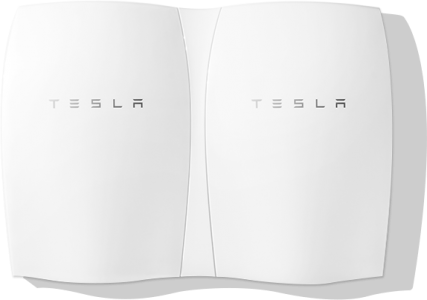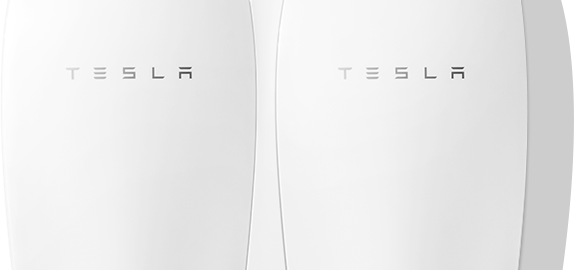Earlier this year I saw an all in one inverter and domestic battery unit on display at the Bosch stand at CES.
2 years ago I stayed with my friend Simon Hackett in Adelaide, Australia and saw his line up of domestic batteries in sturdy cabinets outside his home. Simon’s house is covered in solar panels, he makes more electricity than he can use and he runs three electric cars from this power source.
Yesterday Tesla announced its domestic battery range.

So, is this yet further ‘playthings for the rich’ as so many suggest to me on the Twitters?
What role can a domestic battery have for the ordinary Joe/Joanne?
With the advent of ever cheaper and more effective lithium ion battery technology, something government supported scientists have been working on for the last 40 years, a new paradigm is beginning to emerge.
On a personal level, if you have a few solar panels and a battery in your home, this doesn’t mean you can ‘live off the grid’ but it does mean you can reduce your electricity bill by a much larger amount that you can at the moment. You can obviously store the electricity coming from your panels during the day when you are not home and use it in the evening when you return.
But that really isn’t the story.
If a thousand homes had solar panels and domestic batteries fitted, it wouldn’t make any difference to the national picture.
Those homeowners would benefit from greatly reduced bills and maybe feel smug, but that’s about it.
If ten thousand houses had them, it might be possible to register the reduction in peak demand at the National Grid control room I visited for a Fully Charged episode.
If a million homes had them, solar panels or not, it would make a very profound difference.
If 10 million homes had them, well, everything would change.
But why?
Read more: Llew Blog
